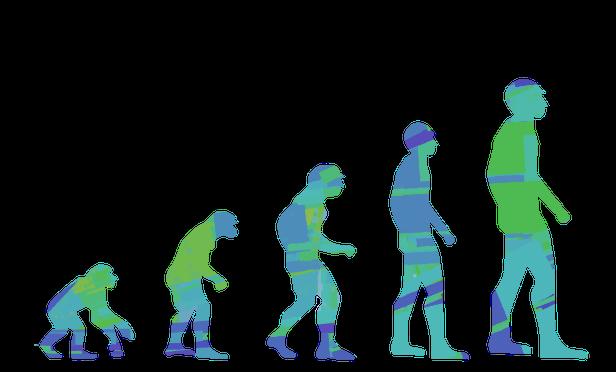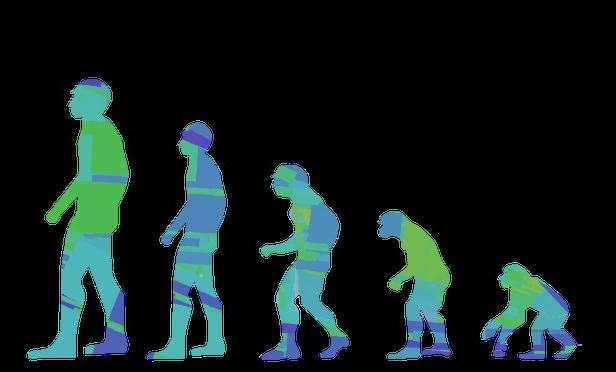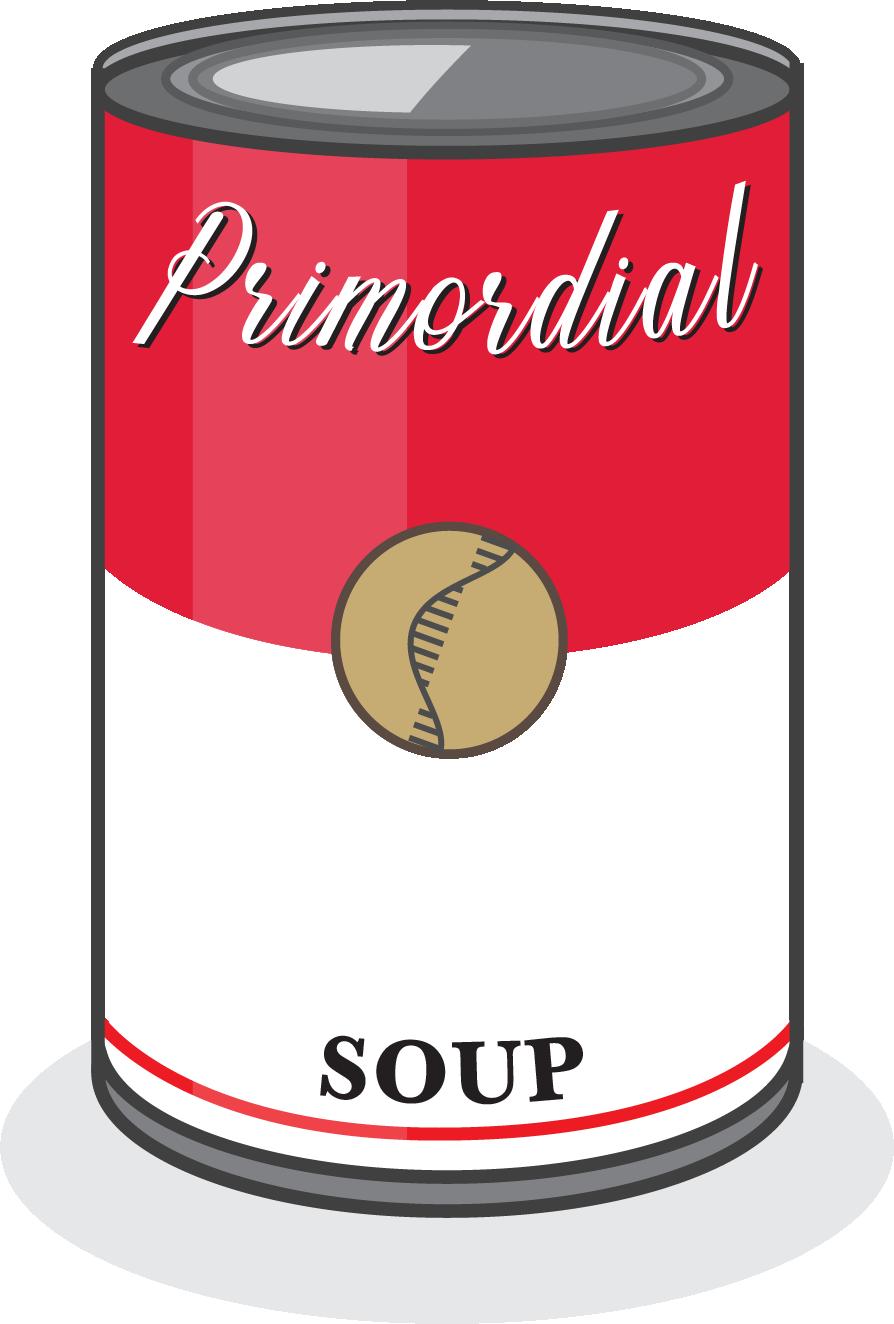
11 minute read
Trans fats
Trans fats: Miracle food or fad faux pas?
BY CLAIRE BOHLIG, MECHANICAL ENGINEERING, 2023 DESIGN BY ETHAN WAPLE, DATA SCIENCE & BIOLOGY, 2023
Advertisement
You may have been warned to stay away from fatty foods, eat fat-free, or cut fat from your diet, but just 100 years ago companies were heralding a new type of fat as the food of the future, a healthy addition to all meals and necessary for a balanced diet. This new fat was hydrogenated fat, known today as trans fat or trans fatty acid.
Hydrogenated fat got its name from a process called hydrogenation. In 1897, French chemist Paul Sabatier discovered metal catalysts could be used to create hydrogenation reactions to manually add hydrogen atoms into chemical structures. Building off this discovery in 1901, German chemist Wilhelm Normann successfully used this reaction to hydrogenate liquid fat into a special semi-solid fat, today known as trans fat or saturated fat depending on the locations of hydrogen.
There are two broad categories of fats, saturated and unsaturated. Saturated fat is when every carbon on the chain has two hydrogen atoms bonded to it with single bonds. This fat is found in butter or other solid, naturally occurring fats. Unsaturated fats are when some carbons in the chain don’t have two hydrogen bonds so adjacent carbons form double bonds to become stable. These double-bonded carbons can have two orientations, cis and trans. Cis occurs when the hydrogens are on the same side of the carbon backbone and are in vegetable oils or fat found in nuts. Trans occurs when the hydrogens are on different sides of the carbon backbone, found in margarine or manufactured butter, and holds the fat in a semi-solid state at a large range of temperatures. This was the fat Wilhelm created, and it was an overnight hit.
Popularity soared during the 1930s. In a time of economic depression where fresh food and natural fats, like animal fat and butter, were especially rare, trans fats could be easily and cheaply made from vegetable oil. So manufacturers switched from natural animal fat to trans fatty acid. Soon, they discovered that because of its semi-solid properties, trans fats extended the shelf life of foods and were better at fat frying because of an increased melting point. By World War II, trans fats were used in almost all packaged foods and kitchens, its popularity aided by butter and animal product rationing during the war. Trans fats were marketed as healthier since they were made in a lab, not produced by fatty animals. At this point you might be wondering — when does fat become the villain?
The miracle of trans fats was debunked in the 1980s and 1990s when studies, spurred by a national obesity epidemic, found trans fats not only increased the levels of the most harmful serum cholesterol, lowdensity lipoprotein (LDL) cholesterol but also lowered the amount of the most helpful cholesterol, high-density lipoprotein (HDL) cholesterol. The harmful LDL cholesterol clogs arteries and can cause heart attack and stroke after excessive buildup. A study of 85,095 women over the course of eight years found that women with a higher intake of trans fatty acids had increased levels of LDL cholesterol and were more likely to develop heart disease, the leading cause of death in America.
Trans fats are a stellar example of what public policy and consumer awareness can do. In 2006, new U.S. Food and Drug Association (FDA) labeling regulations required manufacturers to report grams of trans fats per serving. Customer awareness created a consumer selection against trans fats that drove manufacturers to lower the levels of, or completely remove, trans fats in foods. The Centers for Disease Control and Prevention found Americans’ trans fat blood-levels dropped 58 percent from 2000 to 2009.
Then in 2015, the FDA moved to ban all partially hydrogenated oils, the foodmanufacturing term for trans fats, by marking them as no longer “generally recognized as safe.” The ban was set to go into effect on June 18, 2018 but was pushed to January 1, 2020 because of time extensions for food manufacturers to find alternatives.
The next big “miracle food” diet might be worth a second look. Just 100 years ago, trans fats were considered a scientific miracle. It wasn’t until the 1990s that scientists found its effects, so it is critical to think critically about new fads.
WEATHERING ANY STORM What it means to be human
BY YAEL LISSACK, BIOENGINEERING & ETHICS, 2021
DESIGN BY ASHLEY LUO, PHARMACEUTICAL SCIENCES, 2021
Fifth grade science class taught us
that chimpanzees are our closest
living relatives, but what about other closely-related species who are no longer living? Through millions of years of evolution, Homo sapiens has come to dominate Earth as the only surviving hominid species. However, this wasn’t always the case, and our presence as the dominant bipedal humanoid species is the result of our ancestors’ evolutionary achievements. What made humans outlast others, and what does it tell us about Homo sapiens? After millions of years, why are we alone?
A hominid is defined as any member of a family of primate mammals that stands upright on two legs. The first known hominid species is thought to be Sahelanthropus tchadensis, a bipedal primate that walked the earth approximately 7 million years ago. The 2001 finding of this species’s fossils in modern-day Chad provides evidence of what is most likely the first primate to walk on two legs — our oldest known relative. As the name suggests, however, this primate is not a member of the Homo group and is thus only our distant cousin, who we may thank for the ability to walk on two feet.
One of our best-known ancestral hominid ancestors is Australopithecus afarensis, which gained international recognition when the “Lucy” fossil was unearthed. Similar to other early hominid species, A. afarensis had the capability to walk both upright and climb trees, giving them the unique ability to adapt more quickly to different habitats — a strength that allowed them to survive for millions of years. This adaptability to changing environments is the central theme of the variability selection hypothesis: key events in human evolution were shaped by environmental instability rather than precise adaptation to a single type of environment. This hypothesis differs from previous theories of evolution, claiming that human success lies not in the evolutionary mastery of any particular ecosystem but rather in our capacity to solve challenges that span various environments.
The success of one of our most recent hominid ancestors, Homo erectus, further validates this hypothesis. About 1.9 million years ago, this species was thriving across Asia in a myriad of habitats such as mountains, forests, grasslands, and even marine biospheres — many of which oscillated from periods of severe aridity to monsoonal rain. The advancement of the species was not due to their precise physical adaptations to any one of the aforementioned habitats but due to their ability to survive and thrive in all of them. The benefit of this adaptation was mirrored by the rapid population growth of Homo neanderthalensis, Homo florensis (the “Hobbit”), and Homo sapiens for hundreds of thousands of years afterward. Ultimately, these other human groups went extinct for a variety of possible reasons: resource competition, violence among hominid species, severe climate change, and an increase in carnivorous tendencies. Though many human species, including our own, co-existed with each other for thousands of years, we ultimately remain alone in our humanity.
So, what does it really mean to be human? The jury is still out on an official definition. If we examine this question through an evolutionary lens, perhaps being human means weathering the harshest of environments — being able to face a difficult situation and nonetheless prevail. Though differing abilities between human species are ultimately what drove some to extinction, Homo sapiens’ unique ability to not only learn but benefit from hardship has allowed us to endure. Through our outstanding adaptability, Homo sapiens have come to a point where we have now altered our environment to suit our needs. Ironically, on account of our own advancement, we have modified our environment to such a point that now, in a period of increasing climate instability, we have fewer options than ever before. Biodiversity is at an all-time low, habitat destruction jeopardizes global food and water security, and rising sea levels threaten entire nations. Our quest to mold the earth in our image is robbing us of the conditions that made us prolific in the first place. The question remains: what does it mean to be human in a world that may no longer be able to keep up with our needs? Now, more than ever, it’s up to us to decide.
Evolutionary Anthropology (1999). DOI: 10.1002/(SICI)1520-6505(1998)7:3<81::AIDEVAN3>3.0.CO;2-A
PHOTO BY PIXABAY

Where it all began An account of the competing theories about the origin of life on Earth
BY JOHN DROHAN, DATA SCIENCE & BIOCHEMISTRY, 2023 DESIGN BY LILLIE HOFFART, ENVIRONMENTAL SCIENCE, 2022
All cells come from pre-existing ones, an important aspect of cell theory that is universally accepted by biologists today. But where did that first cell come from? By what process did the first cells appear, and how do they differ from cells now? Understanding these ancient life forms on Earth will inform researchers where else in the universe life might appear. To study this, it is important to first comprehend how modern cells function.
Every organism on Earth today, from the sponges in the sea to the fungi in the forest, revolves around the central dogma theory of molecular biology. The central dogma, involving DNA, RNA, and proteins, is an explanation for the flow of information stored within genes in biological systems. In the majority of organisms, genetic information is stored as DNA, which serves as a blueprint for designing cells. To utilize this information, the cell undergoes a process called transcription, which uses DNA strands as a basis for creating complementary strands of RNA. The resulting RNA is then sent into the cytoplasm of a cell and translated into a protein using ribosomes, an organelle. This entire process — from transcription to translation — is referred to as gene expression and creates the functional proteins that control almost all the mechanisms within a cell. In a real organism, DNA is constantly replicated and transcribed. The classification of a cell is determined by the levels of expression for different genes. For example, in humans the same DNA is found in both muscle cells and neurons, the only distinction being the genes that are expressed.

It is speculated that the earliest versions of life did not operate within the bounds of the central dogma because DNA had yet to evolve. It is theorized that all life was based on the reactions of RNA molecules in the RNA world. Instead of acting as the intermediate between DNA and proteins, RNA served as a catalyst, or molecule that increases the rate of reactions in cells. Although reactions catalyzed by ancient RNA were much slower than reactions using modern enzymes, the RNA catalysts were much simpler to synthesize. Scientists have argued that DNA evolved much later, and its prevalence today is the result of its advantages over RNA, mainly being its stability, both over time and in lower pH conditions. While relying on the RNA world theory is tempting, many researchers today struggle to recreate conditions that could have supported the formation of early RNA molecules. For example, since RNA replicates better along a temperature gradient, biochemists argue that life must have appeared near a source of heat. However, on infant Earth, most heat sources such as volcanoes would have had a pH too low for stable RNA molecules to form. So it’s clear that even though scientists believe life started with RNA, the environment in which the first RNA molecules appeared remains a mystery.
Abiogenesis is the process by which organisms are spontaneously created from non-living sources. While the RNA world theory argues that RNA served as the non-living source of life, it still does not explain what created the first living creatures. The question remains: what drove these molecules together to form what we recognize as the first cells?
The primordial soup theory argues that the organic molecules necessary for life existed in abundance because of reactions catalyzed by lightning and ultraviolet radiation. This means that simple substances such as ammonia or methane reacted in the presence of high energy to form the first organic molecules. These molecules stayed in the ocean where they combined to form the first cells. Primordial soup was the leading origin of life theory for nearly 80 years. However, scientists remain unable to form organic compounds under the same circumstances, arguing that constant energy is necessary to create organic molecules. That is why, in recent years, researchers have studied hydrothermal vents deep within the ocean as the potential origin of life. The chemistry of modern cells mirrors chemical reactions that occur near hydrothermal vents, and the energy generated by the volcanic activity would enable the formation of organic compounds needed for RNA synthesis.
The hydrothermal vent theory is promising, but there is room for much research before we can pinpoint the exact origin of life on Earth. Hopefully one day, biologists’ understanding of how life emerged on Earth will enhance researchers’ knowledge of the larger universe, aiding in the search of exoplanets and alternative life forms.









